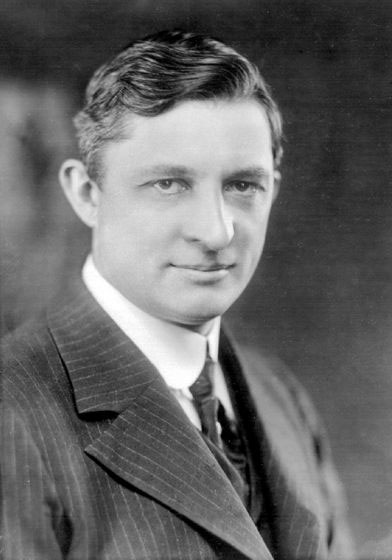Air conditioner was originally not for people, this was its 'true owner'
It turns out that this home appliance has its roots in 1902.
According to IEEE Spectrum, an information magazine of the technology standardization organization, the origin of air conditioners can be traced back to 1902. During this time, a color printing factory in Brooklyn, New York. , USA has had problems with temperature and humidity. They damage the printouts. Because the printing press at that time could only print one color at a time, it was necessary to put the paper in the printer multiple times. But only need a slight deviation, due to the influence of humidity or temperature, printing errors will occur frequently.
Therefore, the factory asked inventor Willis Havilland Carrier (1876-1950) to develop a device to cool the machine room and keep the temperature and humidity unchanged. He created a cooling device that used 211 kilowatts of electricity to maintain room temperature at 27 degrees C and 55% relative humidity. Half of the system uses cold well water, the other half is a mechanical cooling system based on the principle of evaporative cooling.

Inventor Willis Havilland Carrier.
This rudimentary cooling system did not always work as expected, but he continued to study it. In 1906, Carrier applied for a patent for a product called "air handling equipment" . In 1911, he published a paper that then laid the foundation for the design of efficient air-conditioning systems. This study combines the concepts of relative humidity, absolute humidity and dew point temperature - the temperature at which water vapor in the air forms condensation on the surface of an object).
However, in the beginning, air conditioners were only used for printing factories, textile machines, film making and food industry . It was not until the 1920s that it was introduced to large commercial establishments such as apartments and cinemas. In 1932, the first window mounted air conditioner appeared, and this could be considered the first home air conditioner. However, around this time, World War II began in 1939, making air conditioners immediately listed as "unnecessary for war" equipment and banned from production.

Air conditioner prototype with first window.
Although facing a number of difficulties due to the war, the role and function of air conditioners were not thus forgotten. When the war was over, it began to reappear and spread to every city and corner. By 1990, 70% of American households used air conditioners. And in recent years, the use of air conditioners in the US and Japan has exceeded 90%.
As of 2019, nearly a century after the first air conditioner appeared, an estimated 1.6 billion air conditioners are operating worldwide. And half of them are in China and America.
However, the number of air conditioners is expected to increase at a faster rate in the future. Because the trend of equipment procurement is increasing due to demand from developing countries, due to the increase in average income; Environmental temperatures are increasingly high due to global warming and population growth in hot areas like South Asia, Africa and the Middle East. A report also suggests that there will be a "cooling crisis" , in which air-conditioning sales will increase significantly.

Demand for air conditioners will increase year by year.
However, its consequence is that the demand for energy will increase accordingly. For example, if 200 million people in Uttar Pradesh, the most populous state in India, where average summer temperatures are much higher than in Florida, the southernmost part of the United States, use air conditioning it will need twice as much electricity. In addition, since coal-fired electricity generation is still a major source in countries like India and China, the increase in air conditioning will directly lead to an increase in carbon dioxide emissions.
All become a circulating cycle as the more air conditioners are used, the higher the temperature in parts of the Earth and the more people need it.
The current solution is to better plan cities, design smarter buildings and enforce strict energy standards for newly manufactured air conditioners.
- Know not to waste electricity conditioning useless
- Experience using air conditioner to save electricity in winter
- How to fix the air conditioner does not cool
- Decode strange symbols on air-conditioning controls
- Why is the air conditioner not cool enough when it is hot?
- History of formation and development of air conditioners
- Instructions for proper air conditioning for good sleep
- Electricians 'decode' the phenomenon of poor air conditioning in hot days
- Surprisingly with air conditioning
- Make hot water with ... air conditioner
- Extremely cruel paradox that ensures you don't know from the air conditioner
- 10 steps to help you clean your air conditioner at home safely
 'Fine laughs' - Scary and painful torture in ancient times
'Fine laughs' - Scary and painful torture in ancient times The sequence of numbers 142857 of the Egyptian pyramids is known as the strangest number in the world - Why?
The sequence of numbers 142857 of the Egyptian pyramids is known as the strangest number in the world - Why? History of the iron
History of the iron What is alum?
What is alum?